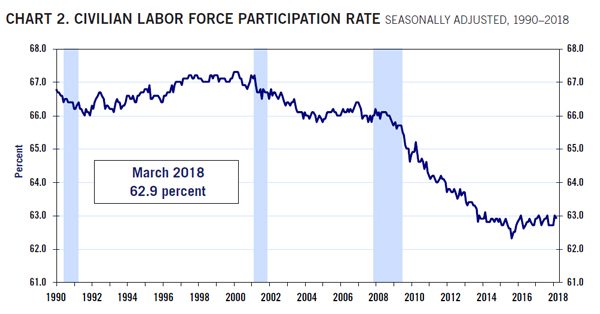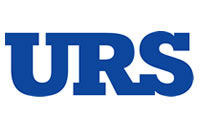Strong leadership can go a long way in minimizing the impact of a tight labor market
By Tom Moriarty for Plant Services Magazine
If your organization is not doing everything it can to retain its managers, supervisors, and plant-floor personnel, you’re sailing into troubled waters. Unemployment of late has been steadily dropping. Ongoing regulation reforms are sparking tremendous growth in the manufacturing industry. As the economy has been accelerating, there are efforts to tighten controls on immigration.
Looking at U.S. Labor Department data, it’s easy to see that an improving business environment has been soaking up available labor. The unemployment rate as of March 2018 was 4.1%. Economists believe full employment is 5.0%, which accounts for normal churn in the labor market. At current levels, unemployment is 18.0% below full employment.


Before the 2001 recession, the labor participation rate was between 66% and 67%. It has steadily declined through March 2018 to about 63%. That 4% to 5% represents potential full-time employees who could come into the job market. The U.S. has a 162-million-person workforce, so that represents a potential 6.5 to 8.1 million people. It remains to be seen how many of those folks will actually come into the full-time workforce. But there are two other major issues. First, the rate at which experienced workers are retiring is already placing pressure on manufacturers. Second, the skills that are needed for manufacturing jobs are becoming more tough to find.
The best course of action for employers will be to minimize the impacts of the tight labor market. Good managers, supervisors, and plant-floor workers are going to become ever-more valuable. No matter how good the employees are, all firms have practical limits on compensation. So, what else can you do?
You can make their decision to leave harder by improving how people feel about working in your facility. The top reasons people say they leave are because they work for a bad boss, they don’t feel they are valued, and/or they don’t see a better future down the road. A common denominator for all of these is the quality of leadership. Bad bosses can be trained to be better bosses. Good bosses show respect for their direct reports. They do this by expressing gratitude, giving their team members opportunities to learn new things, empowering them with greater decision-making authority, and investing time in preparing team members for promotion or trade skill development.


















